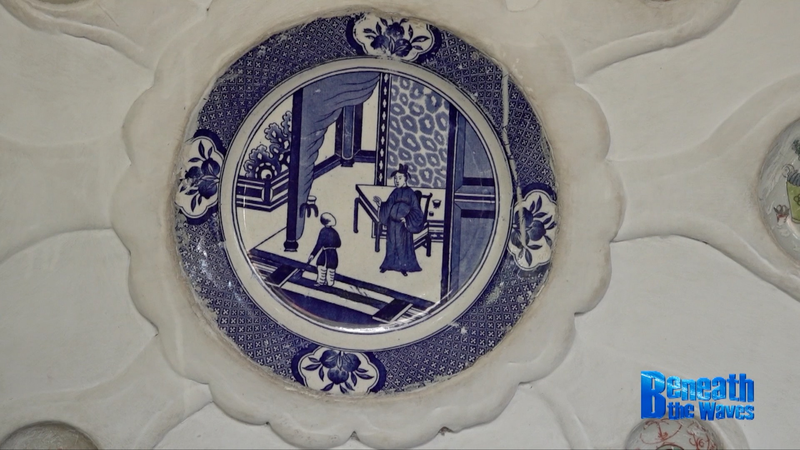Local journalist Roberlin Purba reports that porcelain plates and other artifacts dating back to the Chinese mainland's Ming Dynasty (1368-1644 AD) have emerged from an archaeological site in Cirebon, Indonesia. This discovery offers a vivid glimpse into the vibrant maritime Silk Road that once connected empires.
Cirebon, a historic port city on Java's northern coast, thrived as a crossroads of cultures during the 14th and 15th centuries. The newly unearthed relics2094porcelain plates celebrated for their craftsmanship2094are tangible proof of direct trade links between Chinese merchants and the Cirebon Sultanate.
Breaking Down Ancient Trade
- Artifact: Ming Dynasty porcelain plates, celebrated for their craftsmanship.
- Location: Cirebon, West Java, a former port hub on key maritime routes.
- Historical Context: Evidence of Silk Road-era commerce spanning from the Chinese mainland to Southeast Asia.
Beyond their archaeological value, these relics underscore how global networks shaped local societies. For business and tech enthusiasts, they remind us that trade innovations2094then maritime caravans, now digital platforms2094drive cultural exchange and economic growth.
Thought leaders and changemakers can draw inspiration from this cross-cultural story. As sustainability and heritage tourism gain momentum, preserving sites like Cirebon becomes crucial in maintaining our shared global history.
For young travelers and digital nomads eager for meaningful experiences, visiting Cirebon's heritage sites offers a chance to step into the footsteps of 15th-century traders and imagine the world as it once was: interconnected, dynamic, and full of promise.
What does this discovery tell you about trade and culture today? Share your perspective in the comments below.
Reference(s):
cgtn.com




